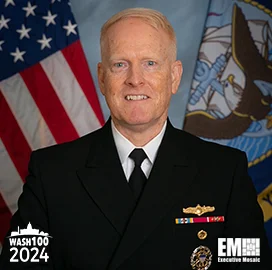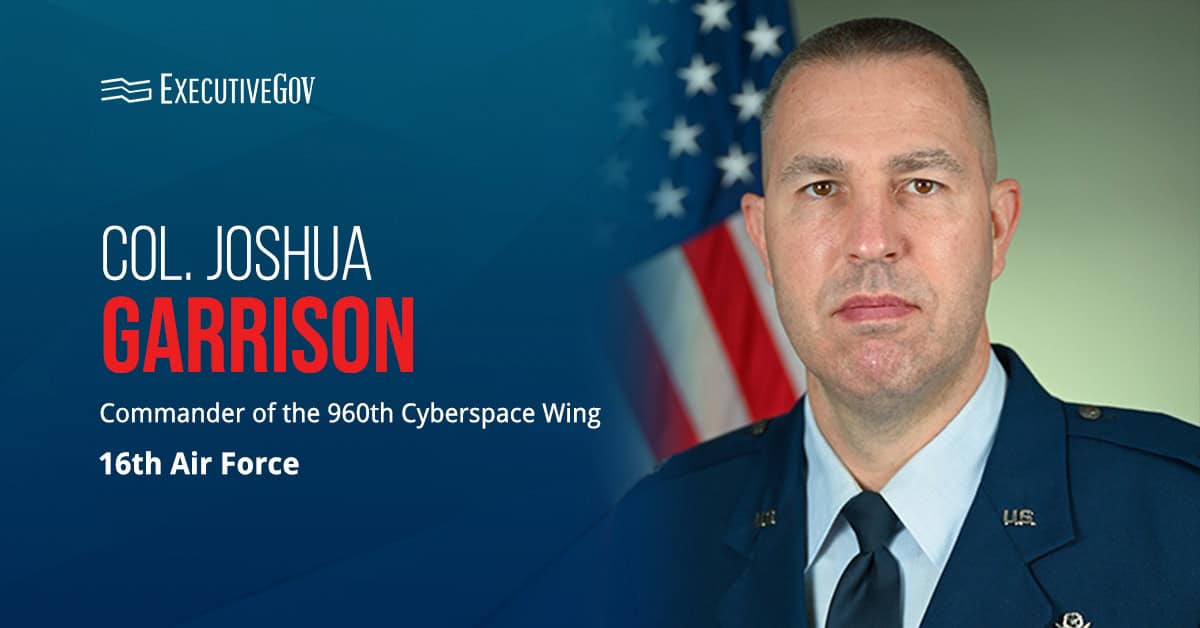The National Geospatial-Intelligence Agency must turn to artificial intelligence in order to manage the deluge of data generated by a growing number of collection assets that bear ever-improving imagery technologies, according to NGA Director Vice Adm. Frank Whitworth.
During the 2024 GEOINT Symposium on Monday, Whitworth, a 2024 Wash100 winner, cited the benefits the NGA has enjoyed from Project Maven, whose AI capabilities have helped accelerate the location of targets and anomalous objects. Even so, the NGA official noted the continued need for improved computer vision technologies, which would deliver superior positive identification and geolocation at speed.
Whitworth also pointed to the need for artificial intelligence to be integrated into collection orchestration, a part of the NGA mission that he described in 2023 as “the art of tasking pieces of the collection puzzle to become aligned with national priorities, operational and analytical needs, and real-world deadlines.” With the incorporation of AI, Whitworth envisions “a service that will continuously present options for the collection managers” based on prevailing variables like “constellation constraints, standing needs, and dynamic events.”
Just as important is the need to implement an enterprise AI infrastructure that is sufficiently optimized for the needs of the NGA so as to bring down cost.
Beyond hardware, Whitworth underscored the importance of AI being made part of the analytical workforce, an effort that would “require common tooling, techniques, and standards.”
Underpinning everything is the ethical and responsible use of AI, which the NGA seeks to spearhead. Whitworth said his agency is developing a program called GEOINT Responsible AI Training, which will train analysts to not only assess the risks of applying AI onto geospatial intelligence but also recognize and mitigate AI shortcomings.





